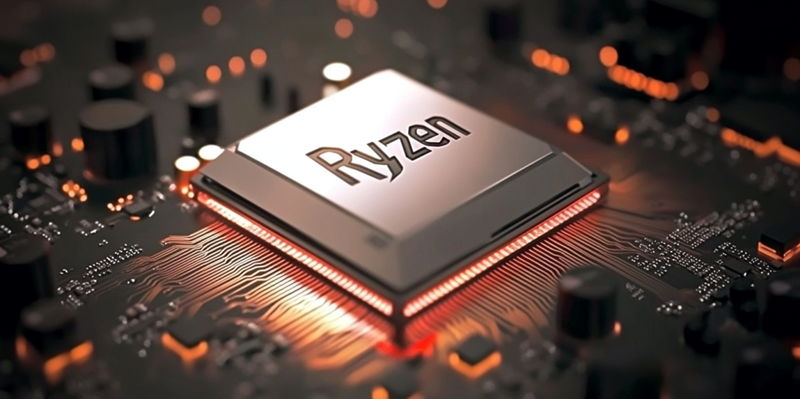AMD has officially confirmed its groundbreaking Ryzen AI Max 300 series, branded under the Strix Halo name, in a monumental upgrade in processing power and capabilities. The eagerly anticipated lineup is set to bring the most powerful APUs to date from AMD, featuring up to 16 Zen 5 CPU cores and an unprecedented 40 RDNA 3.5 GPU cores. This marks a significant leap from the current Strix Point APUs, which max out at 16 GPU cores, thereby redefining integrated graphics performance. The new configuration is expected to deliver a massive boost in gaming performance, enabling gameplay at higher resolutions without the need for a dedicated GPU. This advancement positions the Strix Halo series as an excellent choice for budget-conscious setups, akin to mid-range graphics cards like NVIDIA’s GTX 1660.
Unmatched Specifications and Performance
The AMD Ryzen AI Max 300 series comprises several SKUs, each designed to meet diverse performance needs and usage scenarios. A standout is the Ryzen AI Max+ 395, which includes 16 CPU cores and 40 GPU cores, boasting a TDP range between 55W and 130W. This combination makes it suitable for both gaming systems and professional workstations, promising exceptional productivity and immersive gaming experiences. Other notable SKUs in the lineup, such as the Ryzen AI Max 390 and 385, offer slightly reduced core counts but still pack substantial performance with their 32 to 40 GPU Compute Units.
Support for the APUs will be provided on the FP11 platform, utilizing a 2077-pin BGA array. The processors will feature a Zen 5 chiplet design, 64MB of shared L3 cache, and up to 32MB of MALL cache dedicated to the integrated GPU. With a 256-bit LPDDR5X-8000 memory controller and an integrated XDNA 2 Engine capable of up to 60 AI TOPS, AMD has ensured these processors are equipped for both high-performance gaming and professional applications. The advanced hardware suite underlines AMD’s commitment to delivering robust capabilities without necessitating separate GPUs, making the Strix Halo series a versatile option for various user bases.
Broad Applications and Developer Support
A notable aspect of the Strix Halo series is the inclusion of ROCm support for the integrated graphics, providing developers with high-performance tools to fully exploit the powerful iGPUs. This is a significant move that ensures the new Ryzen AI Max 300 series can cater to mainstream gamers and professional workstation users alike. The integration of Zen 5 CPU cores with RDNA 3.5 GPU cores makes these APUs ideal for demanding applications in both gaming and professional environments, offering a one-stop solution for high-performance computing needs.
In addition to gaming performance, the Strix Halo APUs are designed to meet the requirements of professional applications demanding robust computational power. For developers and content creators, the support for advanced machine learning and AI workloads is particularly valuable. The processors’ XDNA 2 Engine, with its 60 AI TOPS, opens up new possibilities for AI-driven software, ensuring users can run sophisticated tasks efficiently. This level of versatility and power in integrated graphics underscores AMD’s strategic approach to addressing a broad spectrum of computing needs.
Anticipated Launch and Competitive Edge
A key feature of the Strix Halo series is its support for ROCm on the integrated graphics, giving developers high-performance tools to fully utilize the potent iGPUs. This important development means the new Ryzen AI Max 300 series appeals to both mainstream gamers and professional workstation users. With Zen 5 CPU cores and RDNA 3.5 GPU cores, these APUs excel in demanding applications, making them ideal for gaming and professional environments that require high performance.
Beyond gaming, the Strix Halo APUs are tailored for professional applications that need strong computational power. Developers and content creators find the support for advanced machine learning and AI tasks invaluable. The processors’ XDNA 2 Engine, boasting 60 AI TOPS, unlocks new potential for AI-driven software, enabling sophisticated tasks to run smoothly. This blend of versatility and power in integrated graphics demonstrates AMD’s strategic focus on a wide range of computing needs, ensuring that both gamers and professionals have the tools required for peak performance.

